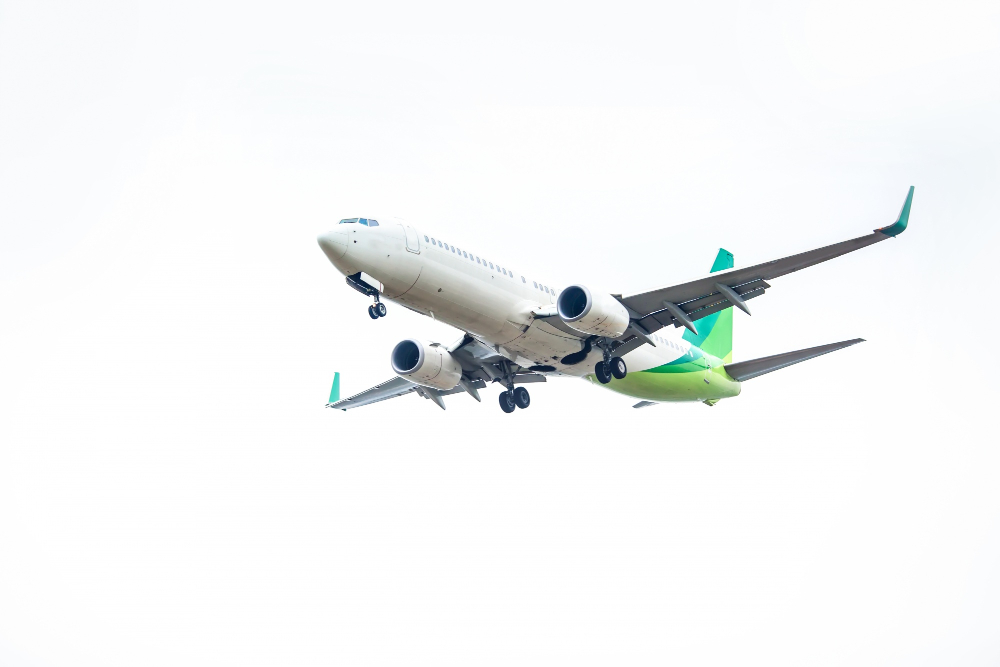The Ultimate Guide to Aircraft Engine Shipping: Everything You Need to Know

Strong 8k brings an ultra-HD IPTV experience to your living room and your pocket.
Transporting an aircraft engine is a highly specialized process that requires meticulous planning, adherence to international shipping regulations, and the use of proper handling techniques. Whether shipping domestically or internationally, ensuring the safety, efficiency, and compliance of the transport process is crucial. This guide will cover everything you need to know about aircraft engine shipping, including best practices, logistics considerations, and compliance requirements.
Understanding Aircraft Engine Shipping Requirements
Why Aircraft Engine Shipping Requires Special Handling
Aircraft engines are one of the most valuable and sensitive components of an aircraft. They require strict handling procedures due to their weight, size, and susceptibility to damage. Improper transportation can lead to costly repairs, operational delays, and safety concerns.
Key Challenges in Aircraft Engine Transport
- Size and Weight Considerations – Aircraft engines are large and heavy, requiring special equipment for loading and unloading.
- Vibration and Shock Sensitivity – Engines must be protected from excessive vibrations, shocks, and improper positioning.
- Customs and Regulatory Compliance – Compliance with International Air Transport Association (IATA) and Federal Aviation Administration (FAA) regulations is mandatory.
- Hazardous Material Regulations – Many engines contain fluids that are classified as hazardous materials, requiring special documentation and handling procedures.
Aircraft Engine Transportation Methods
1. Air Freight Shipping
Air freight is the fastest and safest method for shipping aircraft engines. It minimizes transit time and reduces exposure to potential risks. Key benefits include:
- Reduced transit time for urgent deliveries.
- Enhanced security through controlled airline freight operations.
- Lower risk of damage compared to sea or road transport.
2. Sea Freight Shipping
For long-haul international transport, sea freight is a cost-effective solution, though it requires longer transit times. Considerations include:
- Proper crating and securing of engines to prevent movement during shipping.
- Use of climate-controlled containers to protect against humidity and corrosion.
- Extended lead times that need to be factored into supply chain planning.
3. Road and Rail Transport
Road and rail transport are commonly used for domestic or regional engine shipments. Important factors include:
- Securing the engine to a specialized transport trailer.
- Adhering to weight restrictions for highways and railroads.
- Ensuring adequate route planning to accommodate oversized cargo.
- Essential Packaging and Crating for Aircraft Engine Shipping
Essential Packaging and Crating for Aircraft Engine Shipping
1. Custom Engine Crates and Containers
Aircraft engines require customized crates and containers designed for maximum protection. These crates:
- Are made of reinforced materials to withstand handling and transit stress.
- Include shock-absorbing padding to prevent movement and impact damage.
- Are often equipped with humidity control mechanisms to prevent corrosion.
2. Securing the Engine in Transit
To prevent shifting and impact damage, aircraft engines must be properly secured using specialized restraints, including:
- Shock-absorbing foam and padding to minimize movement.
- Steel or high-tensile-strength straps for securing the engine in place.
- Vibration dampeners to reduce mechanical stress during transport.
Regulatory and Compliance Requirements for Aircraft Engine Shipping
1. International Air Transport Association (IATA) Compliance
For air transport, engines must comply with IATA’s Dangerous Goods Regulations (DGR), which dictate:
- Proper classification and labeling of hazardous materials.
- Specific packaging requirements to ensure safe handling.
- Documentation for customs and safety inspections.
2. Federal Aviation Administration (FAA) Guidelines
The FAA mandates specific transport protocols for aircraft parts, including:
- Ensuring that engines are airworthy before transport.
- Adhering to FAA-approved packaging standards.
- Documentation for compliance with U.S. aviation safety laws.
3. Customs Documentation and Export Regulations
Aircraft engine shipping often involves cross-border transport, requiring:
- Bill of Lading (BOL) – A legal document issued by the carrier.
- Export Declaration – Required for international shipments.
- Certificate of Origin – Verifies the manufacturing country.
- Commercial Invoice – Provides details on the shipment value.
Best Practices for Safe and Efficient Aircraft Engine Shipping
1. Partner with an Experienced Logistics Provider
Choosing a logistics provider with expertise in aircraft engine shipping ensures:
- Adherence to aviation industry standards.
- Access to specialized equipment and transport methods.
- Seamless customs clearance and regulatory compliance.
2. Conduct a Thorough Risk Assessment
Before shipping, assess potential risks such as:
- Weather conditions that may affect transit safety.
- Storage conditions to prevent exposure to moisture or extreme temperatures.
- Security risks for high-value cargo.
3. Use Real-Time Tracking Systems
Modern GPS tracking and RFID technology allow real-time monitoring of aircraft engine shipments, ensuring:
- Instant location updates to mitigate delays.
- Automated alerts in case of deviations from the planned route.
- Improved accountability for transport handlers.
Conclusion
Aircraft engine shipping requires meticulous planning, specialized packaging, compliance with strict aviation regulations, and expert logistics handling. Whether using air, sea, or road transport, ensuring the safety and integrity of the engine during shipment is paramount. Partnering with an experienced freight forwarder and implementing best practices can significantly reduce risks, prevent damage, and ensure timely delivery.
Note: IndiBlogHub features both user-submitted and editorial content. We do not verify third-party contributions. Read our Disclaimer and Privacy Policyfor details.



